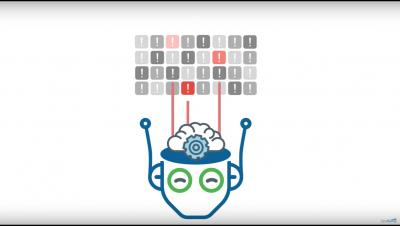The Evolution of CI/CD and Agile
It’s nearly the end of 2018 and we still discuss CI/CD and agile as separate concepts. The truth is, the line between them is blurring. Doing either or both well is very difficult. In fact, many organizations struggle to effectively execute an agile workflow, or reach CD because they are so difficult to do well. This article focuses on why it is so important to keep striving toward this gold standard duo because CI/CD and agile result in quality and predictability.











